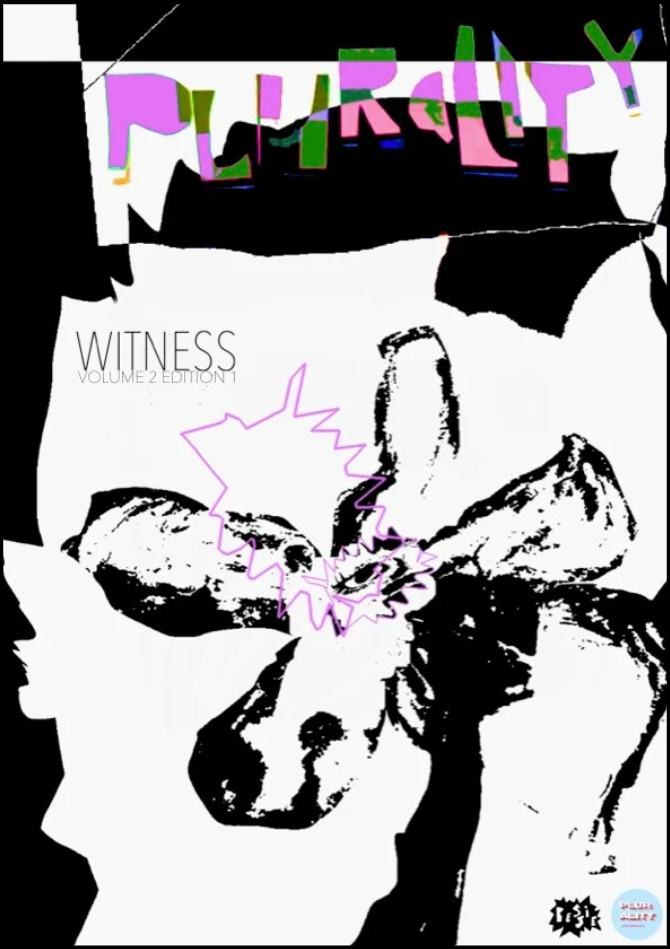The Women as witness to desire: Power lines and structures in Lanval by Marie de France.
Exploring the structural importance of women in narratives of the Medieval court as expressed in Marie de France’s Lanval
DOI:
https://doi.org/10.2218/plurality.10050Abstract
This article interrogates the role of women in Marie de France’s Lanval by examining how female figures function as symbolic witnesses and repositories of desire within the feudal court. Drawing on theoretical frameworks advanced by Julia Kristeva, the study argues that medieval literature constructs women as the Other, whose absence of personhood provides a space for the projection of male desire, lending itself to the pursuit of honour and spiritual ascendance. Through a detailed analysis of the dual portrayals of the fairy queen and the feudal queen, the article demonstrates how these figures, though superficially subversive, ultimately reinforce the gendered hierarchies of courtly love. The narrative techniques employed in Lanval—from lexical choices and character juxtapositions to the symbolic settings of the forest and court—reveal a deep reliance on the female form to validate the male quest for refinement and societal worth. By contrasting the two characters, the article underscores how women are reduced to ‘objects of exchange’, serving primarily to witness and substantiate male progress (Kristeva, 1981, p. 50). In doing so, it highlights the inherent tension between the subversive potential of Lanval and its structural adherence to patriarchal values, offering insight into the complex interplay of desire, power, and gender in medieval narratives.
Downloads
References
Barthes, R., 2018. A Lover's Discourse: Fragments. London: Vintage Classic Penguin Random House.
Berger, J., 2008. Ways of Seeing. s.l.:Penguin Classics.
Bloch, R. H. (2013) The fabliaux: a new verse translation. First edition. New York; Liveright Publishing Corporation, A Division of W. W. Norton & Company.
Chapelain, A. l., 1974. Traité de l'amour Courtois. Paris: Klinskieck.
Corbellari, A., 2009. Retour sur l'amour courtois. CRMH 17, pp. 375-385.
Duby, G., 1978. Les Trois Ordres ou l'imaginaire du Féodalisme. Paris: Gallimard.
France, M. d., 1966. Lanval. Dans: Les Lais de Marie de France. Paris: Champion.
Guerreau-Jalabert, A., 1999. Des Fées et des diables. Observation sur le sens des récits Melusiniens au Moyen Age. Dans: Mélusines continentales et insulaires. Paris: Champion, pp. 105-137.
Guerreau-Jalabert, A., 1997. Histoire culturelle de la France. La Moyen Age. Sirinelli: Seuill.
Kristeva, J., 1981. Desire in Language. A Semiotic Approach to Literature and Art. Oxford: Blackwell.
ed. Payen, J-C., 1974, Corpus de la littérature médiévale des origines au 15e siècle. Paris: Classiques Garnier.
Downloads
Published
Issue
Section
License
Copyright (c) 2025 Rose Devine

This work is licensed under a Creative Commons Attribution-NonCommercial-ShareAlike 4.0 International License.






